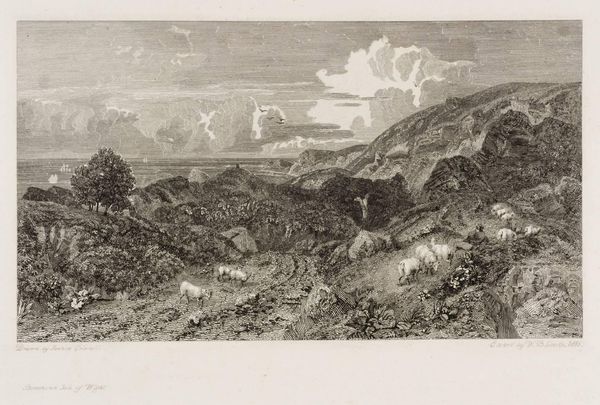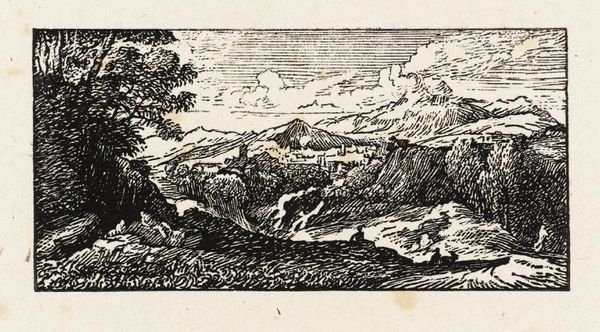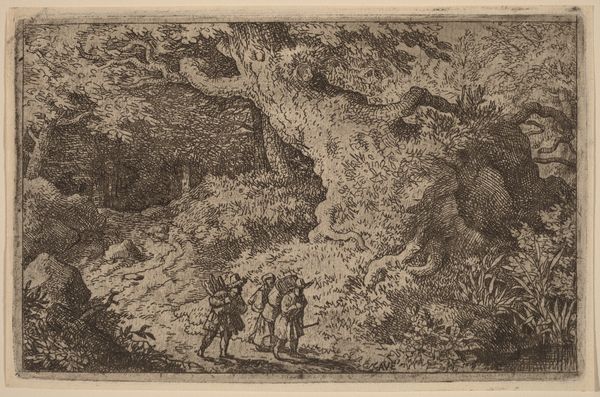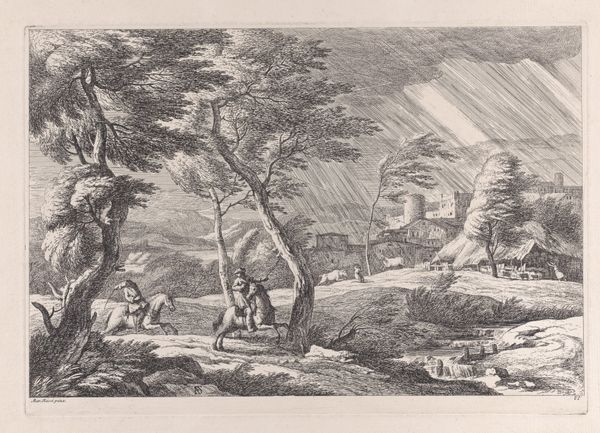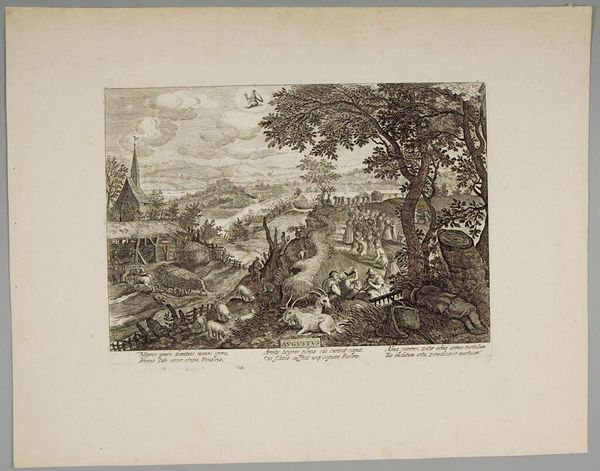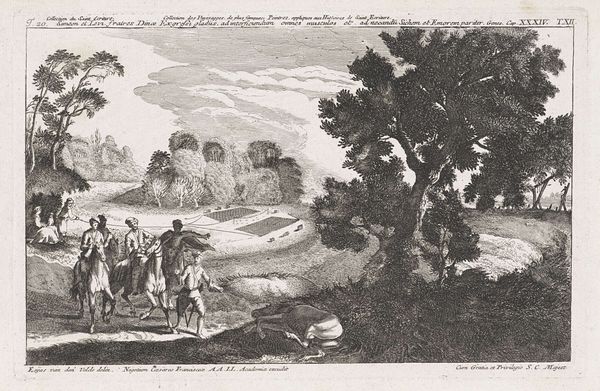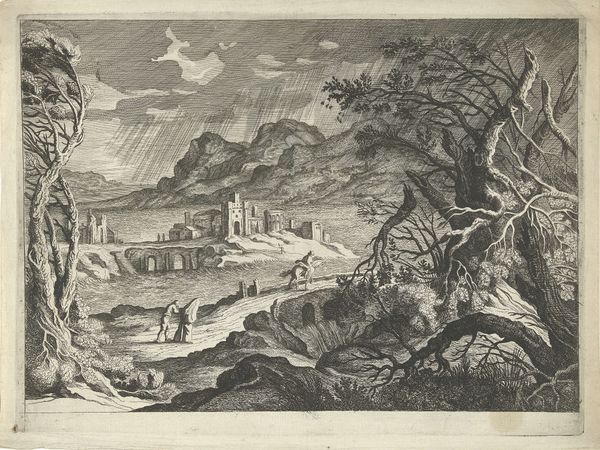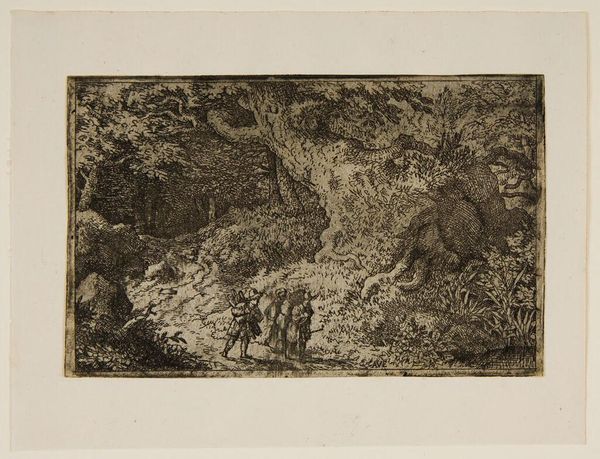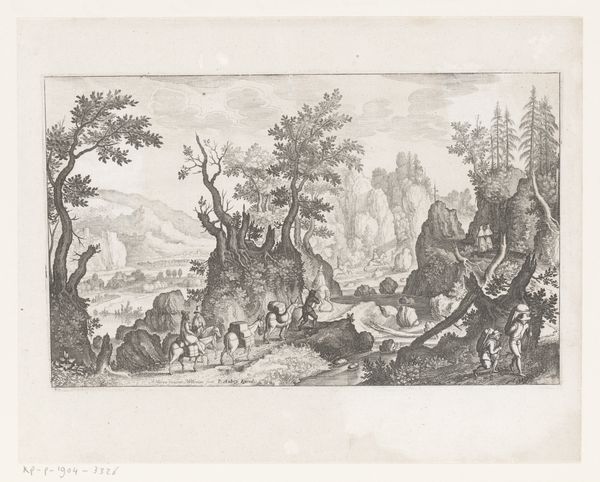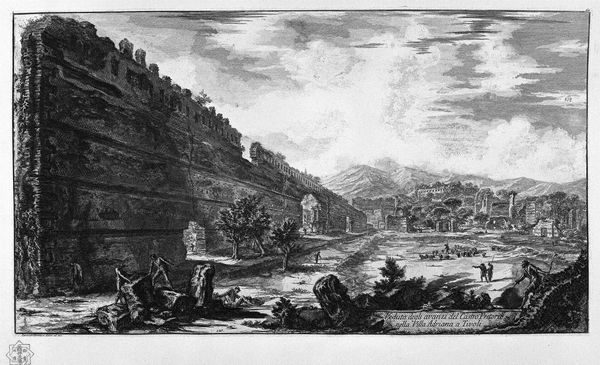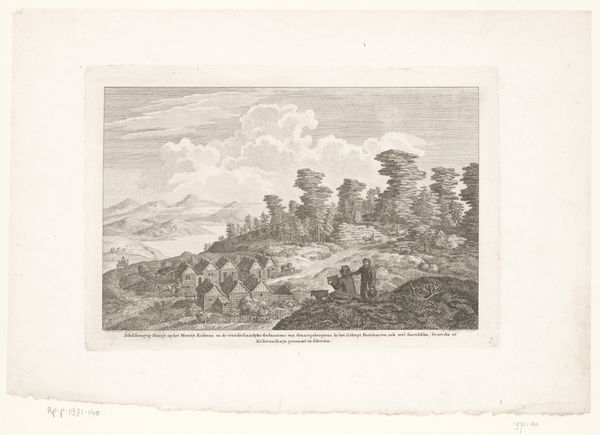
print, woodcut
# print
#
landscape
#
woodcut
Dimensions: 9 15/16 x 12 13/16 in. (25.24 x 32.54 cm) (image)11 3/8 x 16 in. (28.89 x 40.64 cm) (sheet)
Copyright: No Copyright - United States
Curator: Standing here, you're looking at Wanda Gág's 1927 woodcut, "Gumbo Lane," now a treasure in the Minneapolis Institute of Art. The scene hums with curious details; a landscape pulling you in with its graphic intensity. What jumps out at you initially? Editor: The stark contrast! It feels like a memory flickering back, or a shadowy corner in a fairy tale—the high contrast and swirling forms makes it almost claustrophobic despite being a landscape. There’s a dense, almost gothic, atmosphere here. Curator: Absolutely. Gág was a master of woodcut. Notice how she uses the medium’s inherent darkness and light to sculpt a landscape that feels both inviting and slightly unsettling. She plays with archetypal imagery—paths, doorways in foliage. Editor: And those textures! Those shrubs almost look like bursting seed pods. Paths, gates and passages… very potent symbols of transformation and transition, wouldn't you say? One wonders, is it inviting or foreboding— or both? Curator: Precisely. Gág often blended the personal with the universally symbolic. “Gumbo Lane” reflects not just an observed landscape, but likely her own internal one, a dreamscape perhaps. This was created during a difficult period of great creativity—a way to express the internal by going outward. The lanes almost feel as though one is lost. Editor: You are right—this makes sense to me, knowing about this period in the artist's life. But those recurring orb-like bushes have some psychological charge. Eyes, or fruit…knowledge? There is something uncanny here. Curator: Gág often included natural symbols drawn from the German Romantic tradition. Perhaps a sense of unease and the beauty coexisting. A powerful commentary for sure. Editor: Yes, thank you. It is almost as though the darkness helps you find what light there is here. It helps one truly connect.
Comments
minneapolisinstituteofart almost 2 years ago
⋮
This slightly surreal scene captures Wanda Gág’s rapture over the garden at her rural retreat Tumble Timbers. She nicknamed the garden Gumbo Lane. It produced nothing more exotic than lima beans and Swiss chard, but to Gág it was something primal and passionately alive. The plants sprout eyes, the wooden posts rear up like snakes, and the grape arbor appears ready to charge. The little building at upper right was the outhouse for Tumble Timbers, which had no electricity or running water.
Join the conversation
Join millions of artists and users on Artera today and experience the ultimate creative platform.
